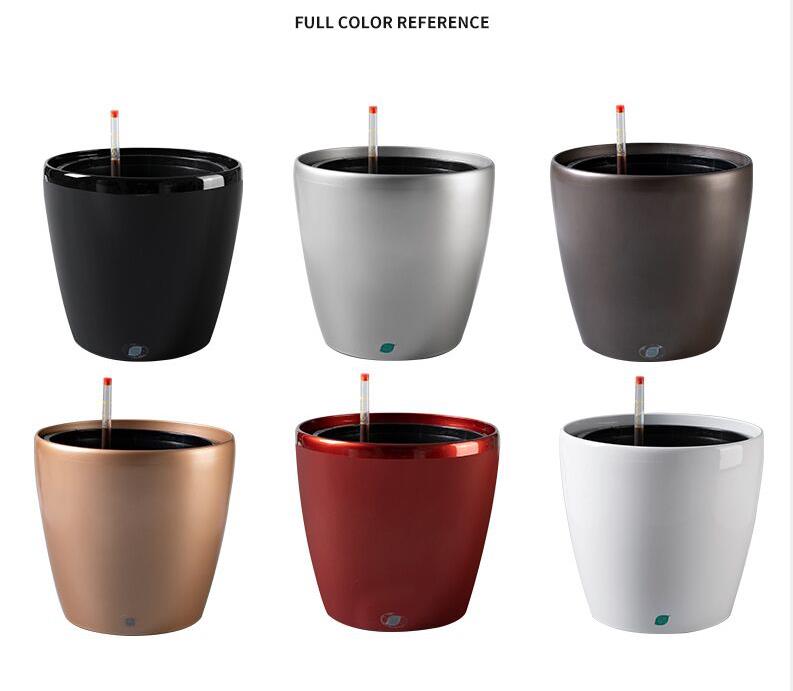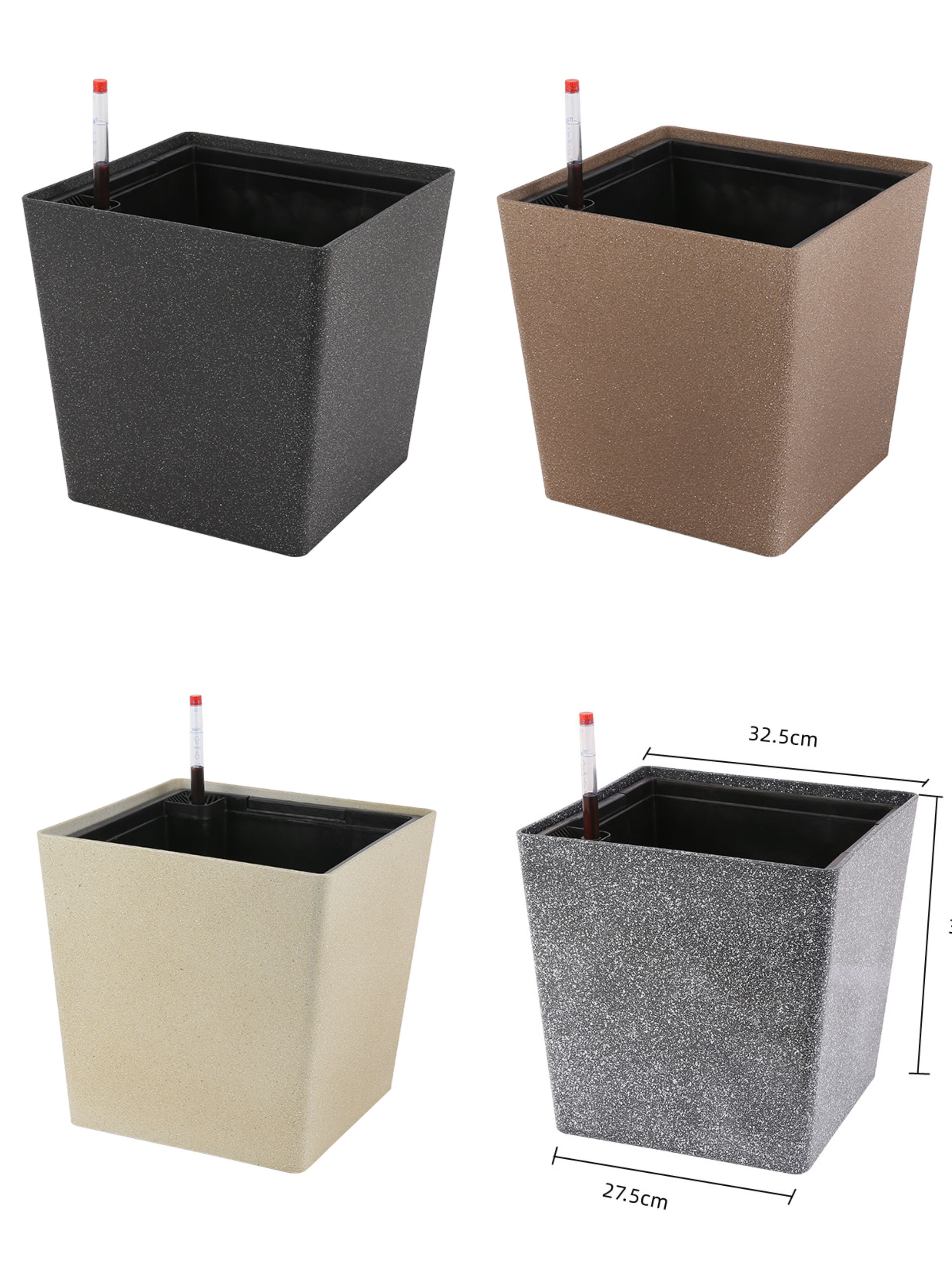High Quality Plastic Colourful Plant Pots Supplier Company
In recent years, plastic colourful plant pots have become a popular choice for both amateur gardeners and experienced horticulturists. These vibrant containers offer an affordable, durable, and aesthetically pleasing way to showcase plants in both indoor and outdoor spaces. From home gardens to commercial establishments, the versatility of plastic plant pots makes them a go-to option for anyone looking to add a touch of color and practicality to their gardening setup.

Understanding the Material: Plastic
The production of plastic colourful plant pots begins with the selection of materials. Plastics used for plant pots are generally made from various types of polymers, with polyethylene (PE), polypropylene (PP), and polystyrene (PS) being the commonly used. These materials are preferred due to their lightweight, durability, and resistance to weather conditions such as UV radiation, water exposure, and temperature fluctuations.
The step in the production process is sourcing the raw plastic, which typically comes in the form of pellets. These pellets are made by breaking down plastic polymers into smaller, manageable pieces that can easily be melted and molded. The quality of the plastic, including its density and strength, plays a significant role in the final product's durability and appearance.
Colouring the Plastic: Creating Vibrant Options for Consumers
One of the defining features of plastic plant pots is their wide range of colors. The production of these colourful pots involves adding pigments or dyes to the raw plastic during the molding process. The coloring process is done in one of two primary ways: adding the pigments to the plastic pellets before melting or applying them after the pots are molded.
In the method, pigments are thoroughly mixed with the plastic pellets in a process called masterbatching. This results in an even distribution of color throughout the plastic, ensuring that the final pot has a consistent and vibrant hue. Once the pellets are colored, they are fed into the molding machine.
The second method involves spray painting or coating the pot after it has been molded. While this can be more cost-effective, it often results in less durable color retention, as the paint can chip over time, especially in outdoor conditions. For this reason, high-quality plastic plant pots are produced using the masterbatching method, ensuring that the color is incorporated into the entire structure of the pot.
Molding the Pots: Shaping and Forming the Final Product
The next critical step in the production process is molding the plastic into the desired shape. There are several types of molding techniques used in the production of plastic colourful plant pots, with the common being injection molding and blow molding.
Injection Molding: In this process, the colored plastic pellets are heated until they melt and are then injected into a mold under high pressure. The mold defines the final shape of the plant pot, and the plastic is allowed to cool and solidify. Injection molding allows for precise control over the pot's dimensions, creating uniform products that meet consumer expectations for size, shape, and durability.
Blow Molding: Blow molding is typically used for creating larger or hollow pots. In this process, the plastic is extruded into a tube-like shape, which is then inflated inside a mold. This method creates pots with a smooth, even texture and is often used for pots that require more flexibility and strength.
Both methods produce durable, high-quality plastic pots with consistent wall thickness, making them resilient to external factors like wind, rain, and UV exposure. The choice of molding method often depends on the design, size, and intended use of the plant pot.



 EN
EN  English
English 中文简体
中文简体 Español
Español.jpg)























 Companies adhere to the "let plants fall in love with appropriate plant hall, let green into the tens of thousands of people for the purpose"
Companies adhere to the "let plants fall in love with appropriate plant hall, let green into the tens of thousands of people for the purpose" Fansan industry zone, Shabu Town, Huangyan, Taizhou City, Zhejiang province, China
Fansan industry zone, Shabu Town, Huangyan, Taizhou City, Zhejiang province, China +86-15325615991
+86-15325615991 +86-0576-81109093
+86-0576-81109093 +86-0576-81109093
+86-0576-81109093 yizhitang001@gmail.com
yizhitang001@gmail.com